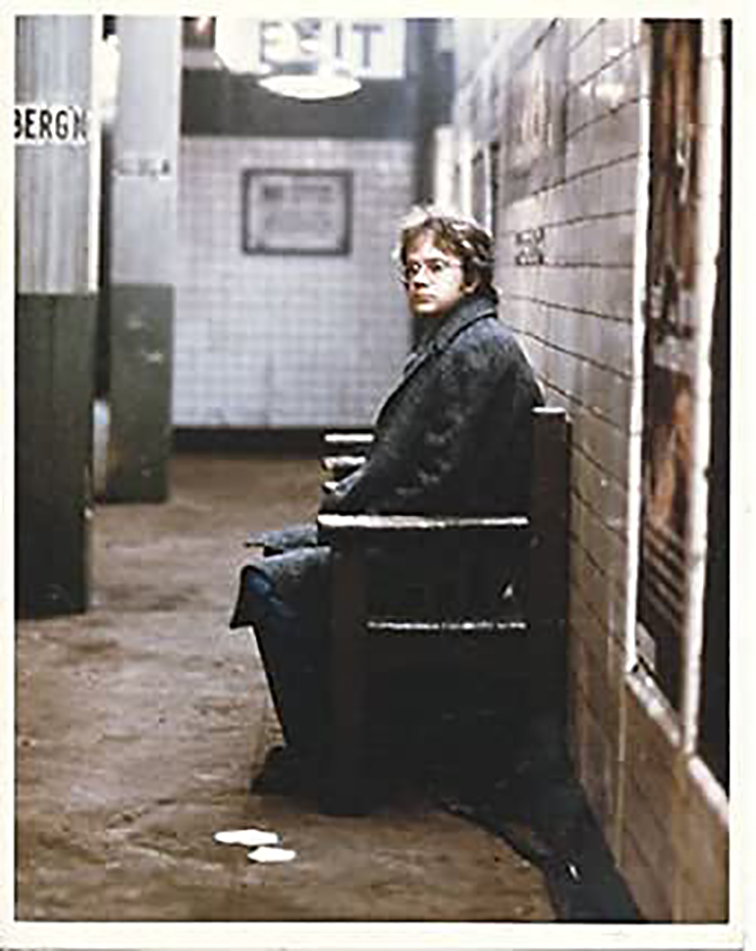Alyson Oliver
campus editor

“Jacob’s Ladder” is a mind-bending viewing experience from start to finish. Directed by Adrian Lyne and released in 1990, it captures the essence of a bizarre, disjointed nightmare that never seems to end.
The film centers around an American veteran named Jacob who served in Vietnam, played by Tim Robbins. It uses an innovative, engaging mode of storytelling and employs practical effects to achieve all of its visuals.
The film is, to an uncomfortable degree, a window into Jacob’s innermost emotions and experiences.
The opening scene, set in Vietnam, packs a punch right away when Jacob’s unit is suddenly attacked. The events that follow are chaotic and disorienting.
The audience never sees the attackers, but they do see the destruction dealt. Many soldiers are either mangled or killed.
Some start to behave strangely, and one even has a seizure just as the assault begins. Eventually, Jacob limps away into the jungle where he is stabbed by an unknown assailant.
The scene is interrupted when he wakes up from the nightmare on a subway in New York. However, the film cuts back to his near-death experience in Vietnam often, revealing more of the story each time.
“Waking up” is used as a transition regularly in this film — just as the tension in a scene reaches its peak, Jacob returns to consciousness in a different reality.
Because this happens repeatedly, both he and the audience are left unsure of what’s real and what’s not. This kind of transition serves a purpose. It never feels like a lazy way to jump from scene to scene. Jacob’s confusion and paranoia are made palpable.
As the story goes on, disaster continues to befall Jacob, creating a spiral staircase into unreality.
He experiences surreal hallucinations and dangerous bouts of fever, watches his doctor burn alive in an explosion, has a few other close encounters with death and is even roped into a conspiracy by other veterans.
During a well-known scene near the end of the movie, Jacob is even kidnapped and dragged away to a hospital that can only be described as hellish.
It’s not until the last few minutes of the film that the audience gets an explanation for what’s going on. The conclusion of “Jacob’s Ladder” is relieving in a way but also bleak and saddening.
Although it did not have huge, sustained popularity following its release, according to IMDb, its influence is now apparent in newer psychological horror.
For example, the video game Silent Hill 2’s artist Takayoshi Sato referenced it as an inspiration in an interview with IGN.
The film’s title is a Biblical reference, referring to a ladder stretching from Heaven down to Earth. It has a few other meanings that are made apparent during the film, and one might even say the phrase is a spoiler in and of itself.
“Jacob’s Ladder” is an uncanny, intentionally disjointed journey through reality and unreality.
It’s layered richly with emotion, complex characters and eerie visuals. For anyone seeking an immersive experience with a lasting impact, this movie is it.

